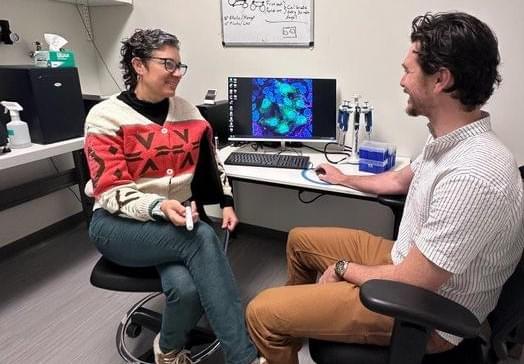An automated YouTube stream of an endless AI-generated “Family Guy” show called “AI Peter” has devolved into ear-bruising chaos, Kotaku reports, with some of your favorite characters of the sitcom blurting out gibberish — and screaming at the top of their lungs nonstop.
The stream, which started back in June of last year, relies on audience submissions to come up AI-generated scripts for back-t0-back “episodes” of the beloved animated series.
And, as Kotaku points out, moderation of these paid submissions doesn’t appear to be front of mind. Some users are misusing the generative AI tech to break the unsettling, 3D-animated characters in unusual ways.









